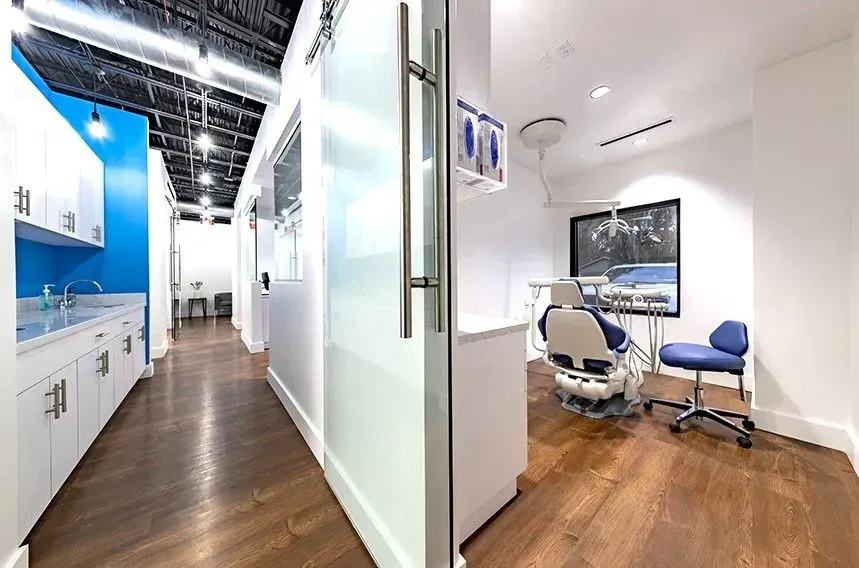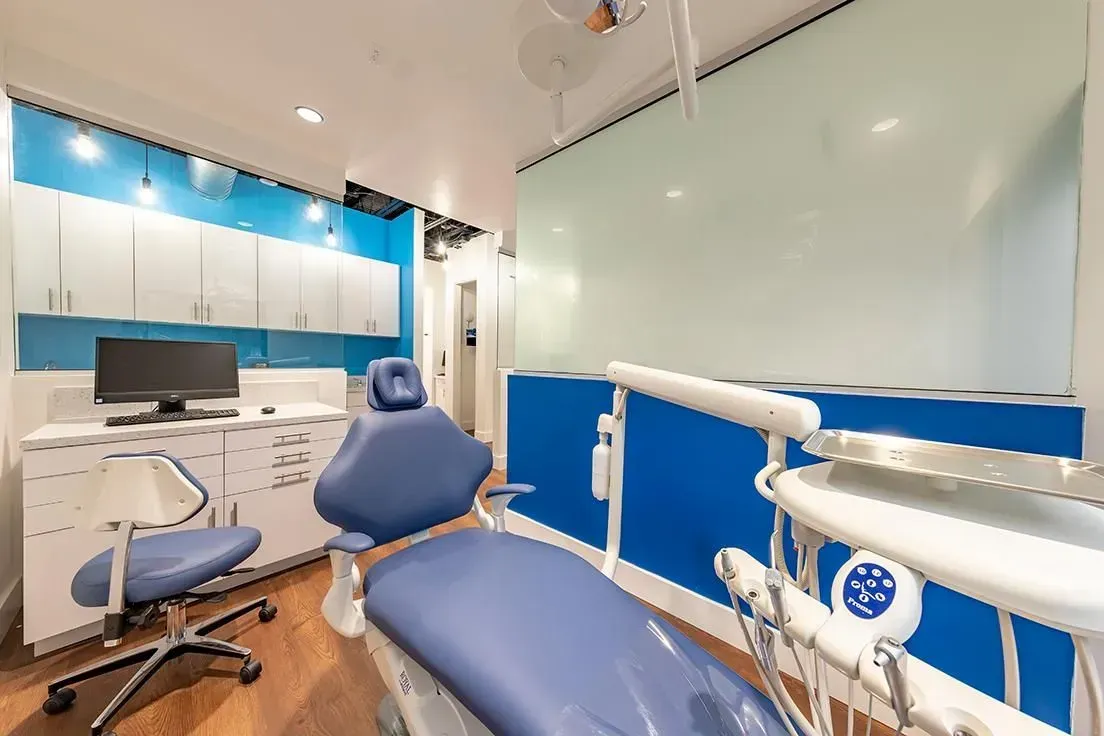Dental bridges
Dental Bridges In Winter Garden, FL

Reclaim Your Smile with a Custom Dental Bridge
Missing teeth can impact more than just your appearance—they can affect your ability to chew comfortably and may lead to shifting of your remaining teeth. A dental bridge offers an effective solution by filling in the gap left by one or more missing teeth. Whether fixed or removable, this restorative appliance uses a supportive structure to anchor artificial teeth in place. Designed to seamlessly “bridge” the empty space, it restores both function and balance to your bite while helping maintain proper alignment across your smile.
How Dental Bridges Stay in Place
- Support from Natural Teeth: The bridge is anchored using the healthy teeth on either side of the gap, which are often fitted with crowns to securely hold the prosthetic in place.
- Support from Dental Implants: In cases where adjacent teeth aren't suitable or are missing, dental implants can be placed in the jawbone to provide a strong foundation for the bridge.
Traditional Dental Bridges: A Reliable, Time-Tested Solution
Traditional bridges are a popular and proven method for replacing missing teeth by using the strength of the neighboring natural teeth. To prepare for this type of bridge, the adjacent teeth are carefully reshaped to accommodate dental crowns, which will serve as anchor points for the bridge. After detailed impressions are taken, a custom bridge is crafted in a dental lab. The crowns are then securely bonded to the prepared teeth, and the false tooth (or teeth) is attached to span the gap.
Constructed from durable dental porcelain fused to either metal or ceramic, these bridges are designed to blend seamlessly with your natural smile. The entire procedure typically requires two to three visits and, once placed, should only be removed or adjusted by a dental professional.

Implant-Supported Bridges: Strength Without Compromising Healthy Teeth

Unlike traditional bridges, implant-supported bridges use dental implants as their foundation—eliminating the need to alter neighboring healthy teeth. In this process, a dental implant is surgically placed into the jawbone where the missing tooth once was. After a healing period of around 8 to 16 weeks, the implant bonds with the surrounding bone, forming a strong and permanent base. Once healed, the gums are reopened to reveal the implant, and the custom bridge is securely attached. In some cases, when a mini-implant is used, the bridge can be fitted immediately without waiting for healing.
Both standard and mini-implant approaches are highly effective, but implant-supported bridges generally provide superior stability and longevity. While traditional bridges typically last between 5 to 10 years, implant-supported versions often last longer, with the crowns needing replacement only after 10 to 15 years due to regular wear.
